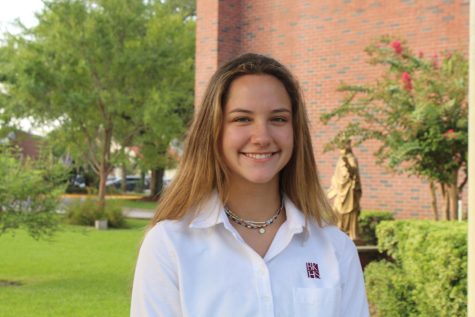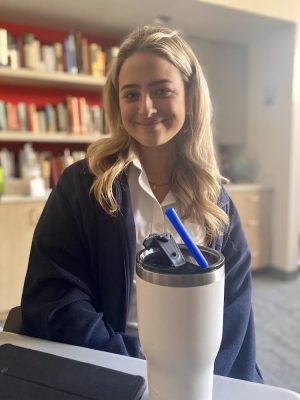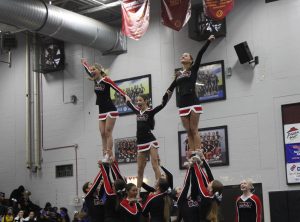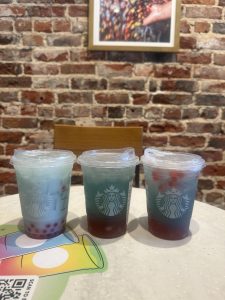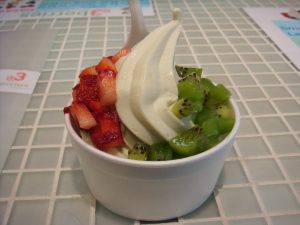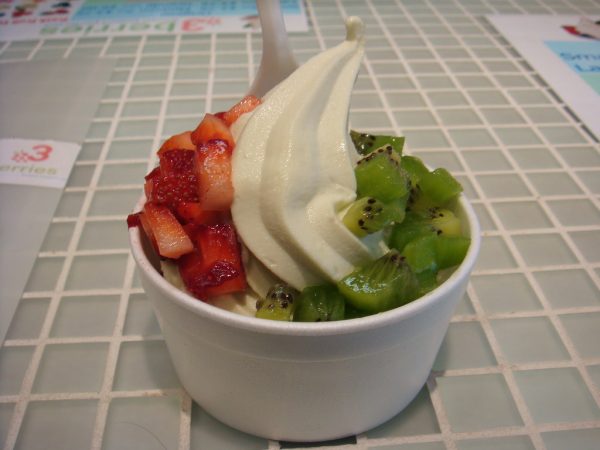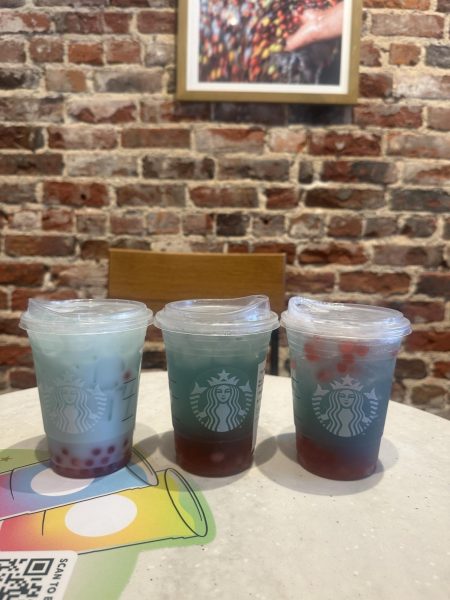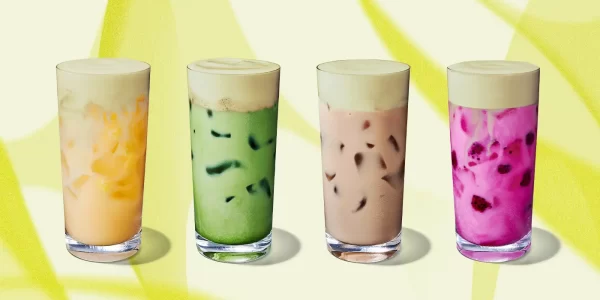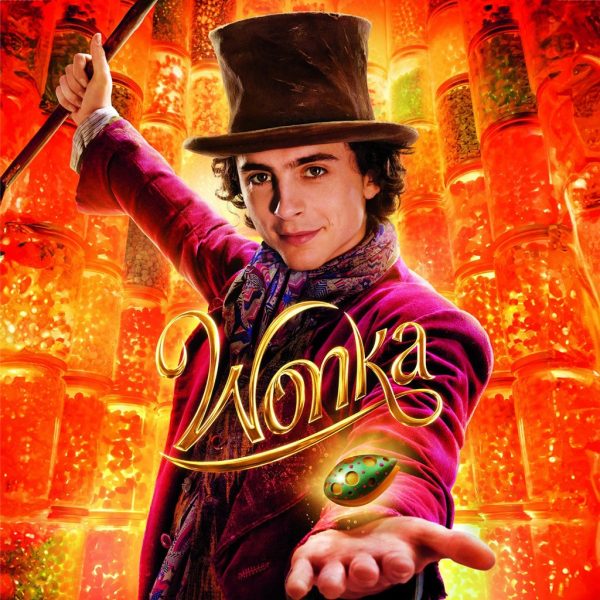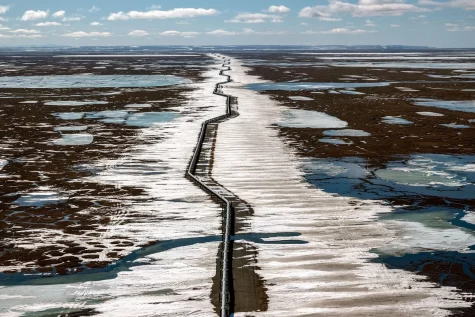Iced Coffee Calamity
Cold beverages in winter, socially correct?
December 6, 2021
Having a nice, cold, iced drink from Starbucks or Dunkin in spring or summer is just fine. Drinking one in fall may be pushing it, but it is far less acceptable to drink one in winter.
Cold weather equals hot drinks and hot weather equals cold drinks. It just makes sense.
Some drinks are intended to be consumed hot, like the iconic pumpkin spice latte or a peppermint mocha. The non caffeinated alternative to the peppermint mocha is the peppermint hot chocolate, and it is in the name. These seasonal drinks are meant to be hot. Ordering an iced version takes away from the flavor and experience.
Many themes of the winter season center around heat, “chestnuts roasting on an open fire”, the whole “Baby it’s Cold Outside” song.
“I feel like hot drinks regulate your body temperature in the winter. Why would you want to be extra cold?” said self proclaimed “decent amount” coffee drinker Junior Anabel Macchi.
The rise of iced coffee in popularity in recent history has led to the further rise in acceptance towards a frozen frappe in freezing February.
Hot drinks are more practical in winter. Having a warm drink has multiple uses as both a hand warmer and a tasty treat. When someone orders an iced tea in winter, they expose their hands to both the cold outdoors, and the cold drink.
Refreshers are useless in winter because their name insinuates that those that order them want or need to be refreshed, as if the whipping winter wind is not enough “refreshment”.
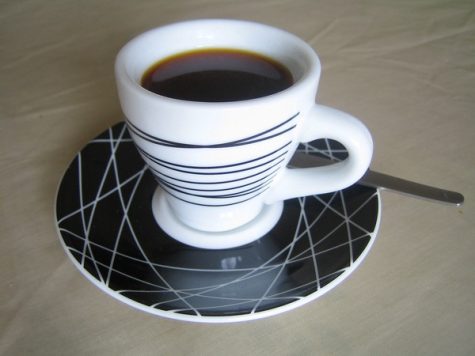
One might argue that many people drink their coffee inside, so the weather is not a hinderance, but that still defeats the purpose. Hot drinks warm you up. Air conditioning and heating are not infallible, there is alway room to be warmer or cooler.

